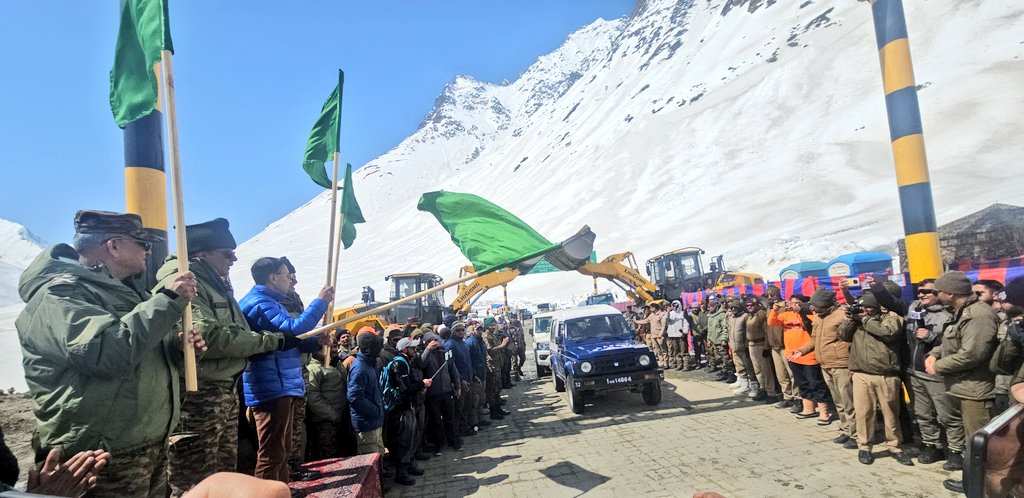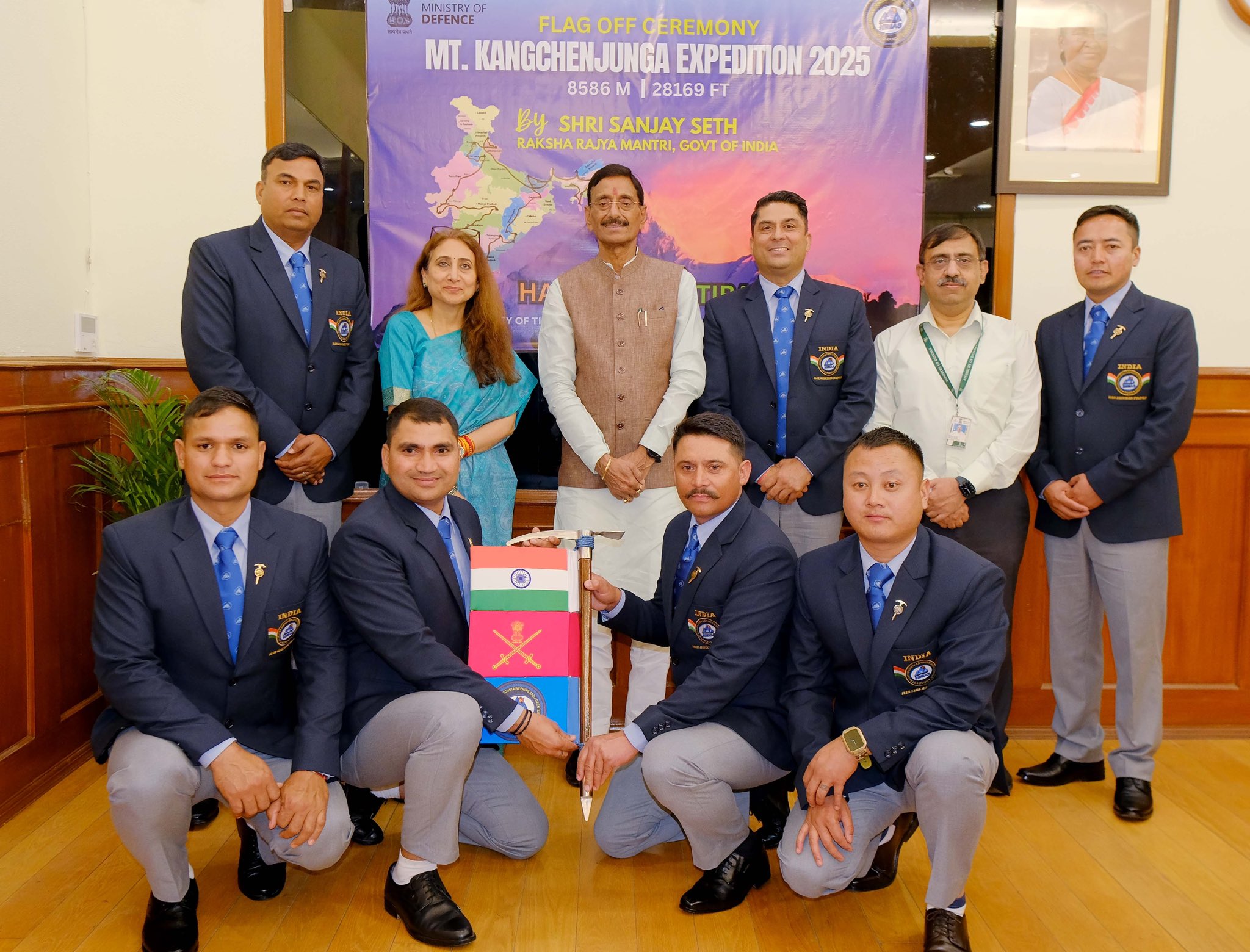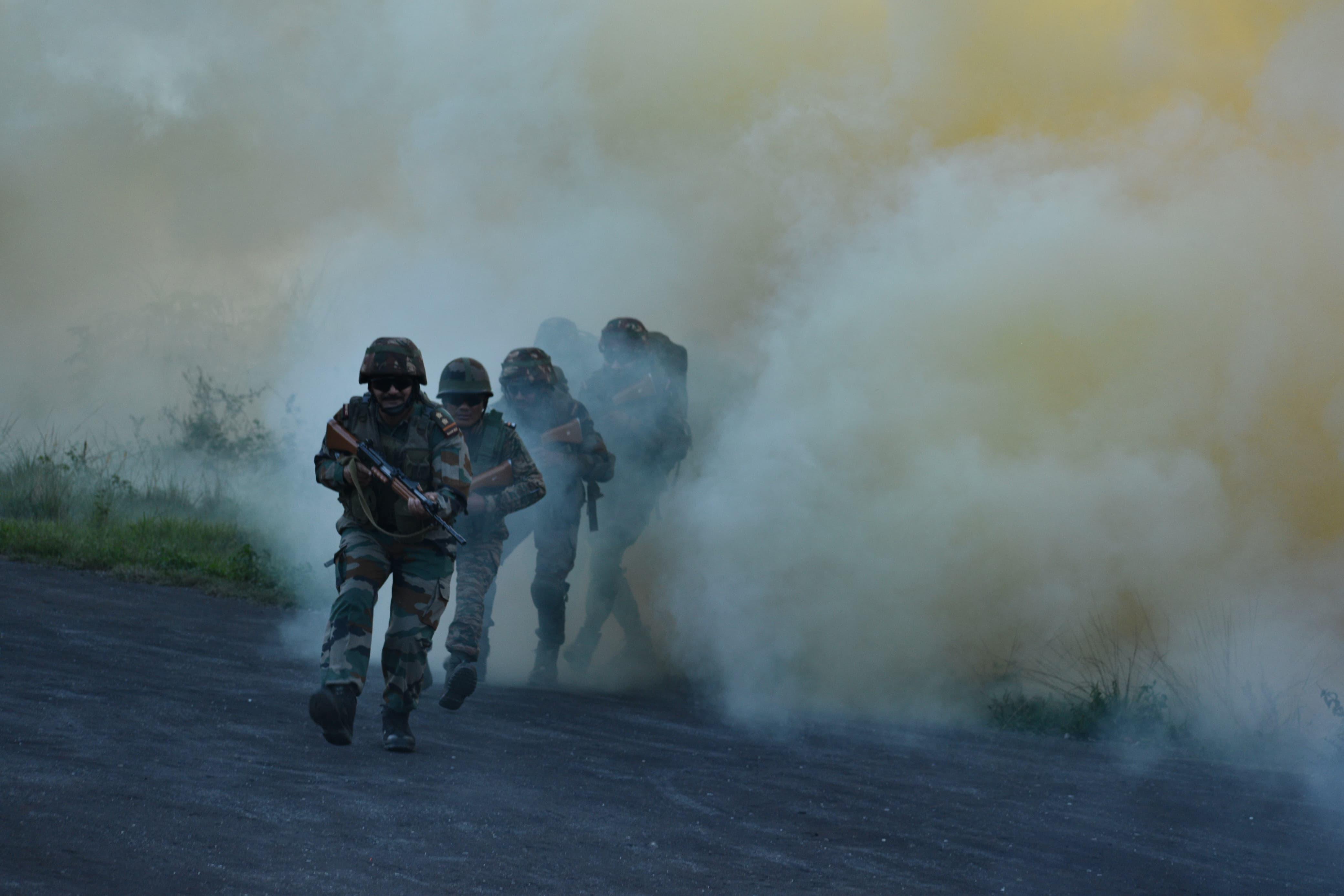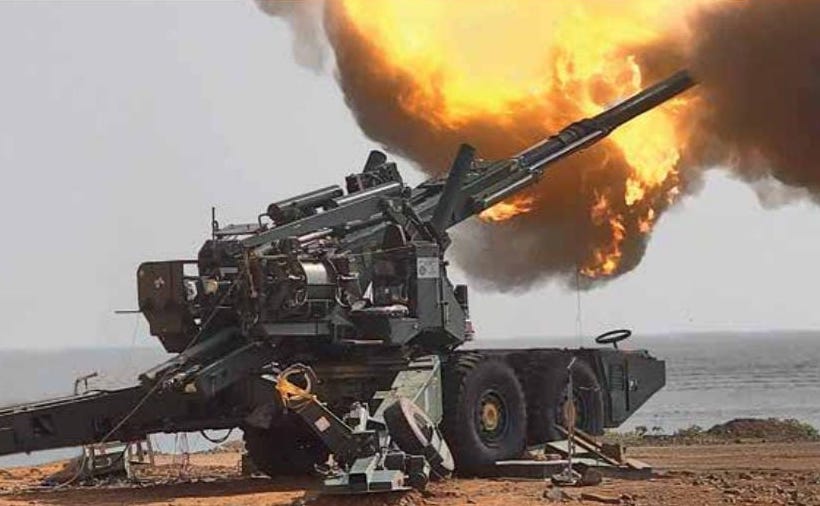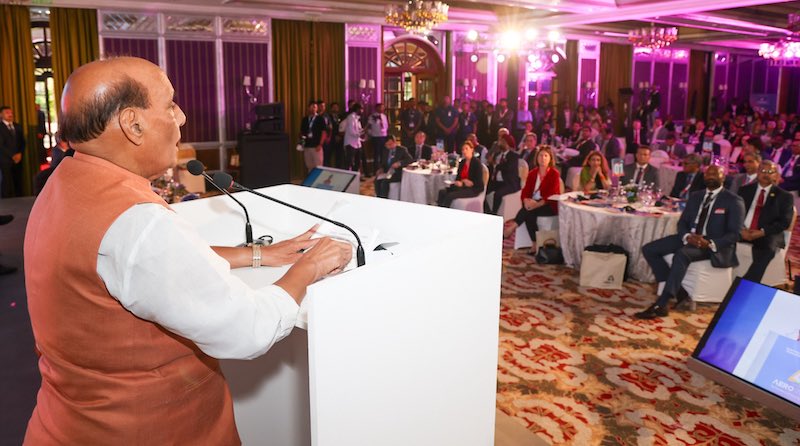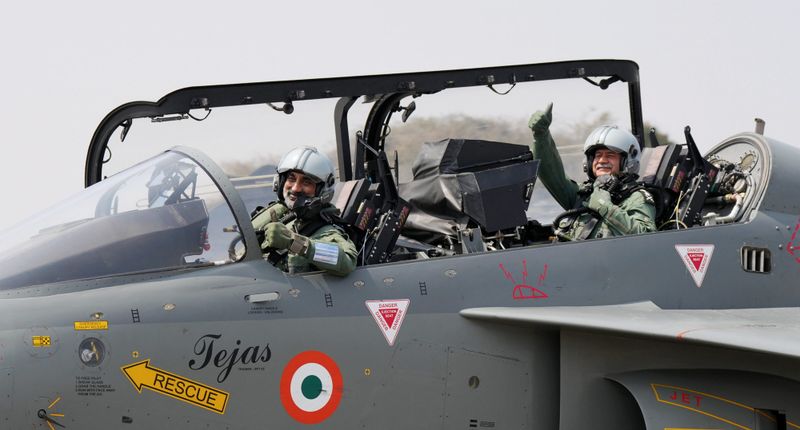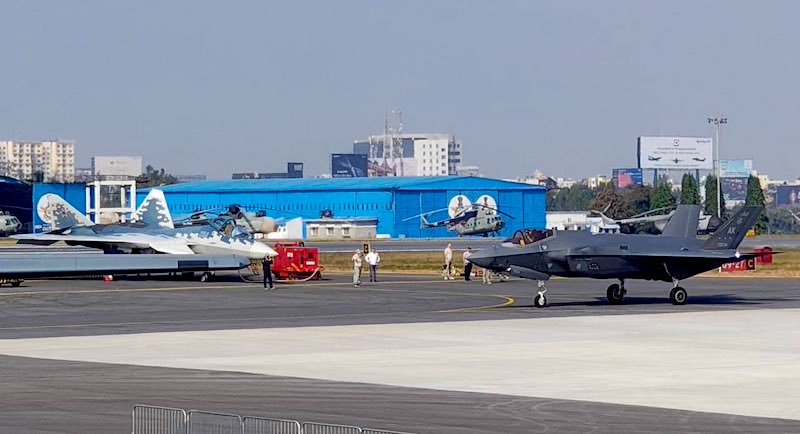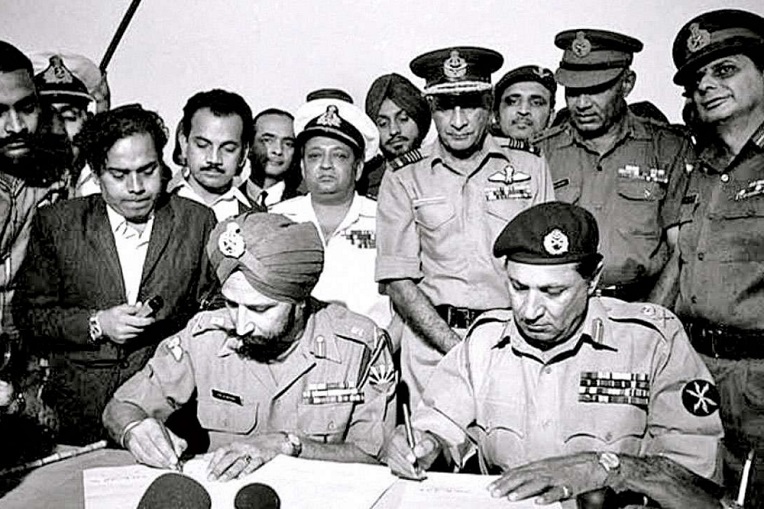 Pakistan’s Lt Gen AAK Niazi (right) signing the instrument of surrender under the direction of Indian Army’s Eastern Command GOC-in-C Lt Gen JS Arora (left) in Dhaka, on December 16, 1971.
Pakistan’s Lt Gen AAK Niazi (right) signing the instrument of surrender under the direction of Indian Army’s Eastern Command GOC-in-C Lt Gen JS Arora (left) in Dhaka, on December 16, 1971.
India and Bangladesh celebrate Vijay Diwas on December 16 to commemorate their victory over Pakistan during 1971 Bangladesh Liberation War. The war had led to the severance of East Pakistan from Pakistan and the creation of a new Bengali nation – Bangladesh.
Why does India celebrate Vijay Diwas?
After a 13-day-long war, India decisively won against Pakistan on December 16, 1971. East Pakistan’s military commander and martial law administrator Lieutenant General Amir Abdullah Khan Niazi surrendered to the joint forces of Indian Army and Bangladesh's Mukti Bahini, along with 93,000 Pakistani troops, before the Indian Army’s Eastern Command chief and theatre commander of the joint Indian and Mukti forces, Lieutenant General Jagjit Singh Arora. The surrender ceremony took place at the Ramna Race Course in Dhaka.
The day, Vijay Diwas (Victory Day), is a national holiday in Bangladesh. The Indian armed forces also celebrate December 16 as Vijay Diwas.
Read also: Battle of Longewala – a revisit
After World War II, it was the biggest-ever military surrender in the history.
What led to the war?
Bengali nationalists in East Pakistan (now Bangladesh) had revolted against the Pakistani government for a range of factors, including imposition of Urdu as state language, and dominance of West Pakistanis (read Punjabis) over governing the Bengali-majority East Pakistan. The last straw was when Sheikh Mujibur Rahman’s party, Awami League, won the Pakistan general election with majority but was denied power by the country’s military. Simultaneously, the Pakistani forces started committing atrocities on the Bengali population in East Pakistan, targeting intellectuals first, then suspects of having Mukti Bahini links.
Some reports say over five lakh civilians were killed by the Pakistani forces and their collaborators, known as Razakars/Razakar Bahini (volunteers/volunteer force), in East Pakistan. Others put the figure at 3,000,000.
Indira Gandhi, who was the prime minister during the time, then decided to provide support to erstwhile East Pakistan. She decided to give refuge to people who fled from East Pakistan. The Indian Army gave covert training to the Mukti Bahini. It is estimated that over 10 million people fled the country and took refuge in India.
How did India-Pakistan war of 1971 start?
The war started when Pakistan launched air strikes on 11 Indian airbases on December 3, 1971. For the first time perhaps all three forces of India fought in unison.
In return, Gandhi ordered Army chief General Sam Manekshaw to launch a full-scale war against Pakistan.
Read also: Story of BSF’s key role, valour and sacrifices in 1971 war
What was the aftermath of the war?
A new country – Bangladesh – was created that changed the geography of South Asia.
The day is also observed in Bangladesh as “Bijoy Dibos”, marking the country’s formal independence from Pakistan. Over 3,800 Indian and Pakistani soldiers had lost their lives in the war.
More than 93,000 Pakistani soldiers were under India’s captive by the end of war on December 16.
In August 1972, the two countries signed pact in Shimla, known as Simla Agreement.
Read also: ‘Open Sangsar’ – The radio message that sealed the fate of East Pakistan
Under the agreement, New Delhi had agreed to release all the 93,000 Pakistani prisoners of war in return for permanent peace between the two countries and other bilateral agreements, including keeping the Kashmir dispute as a bilateral issue without the scope of bringing in any third party into India-Pakistan talks.
However, Pakistan broke the key terms of the agreement by starting to sponsor and train terrorists against India and raising the Kashmir issue in every international forum whenever it gets a chance. This continues even today.

